Planetary Boundaries Framework
Scientists define environmental limits within which humanity can continue to thrive on earth.


Scientists define environmental limits within which humanity can continue to thrive on earth.
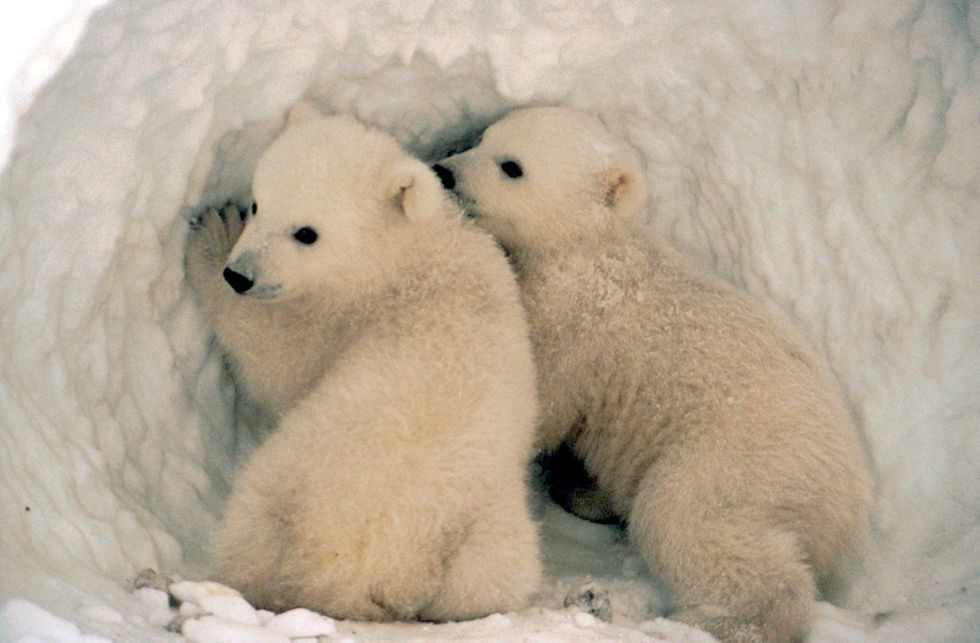
Melting sea ice is has resulted in a recent northward shift in polar bear genes.
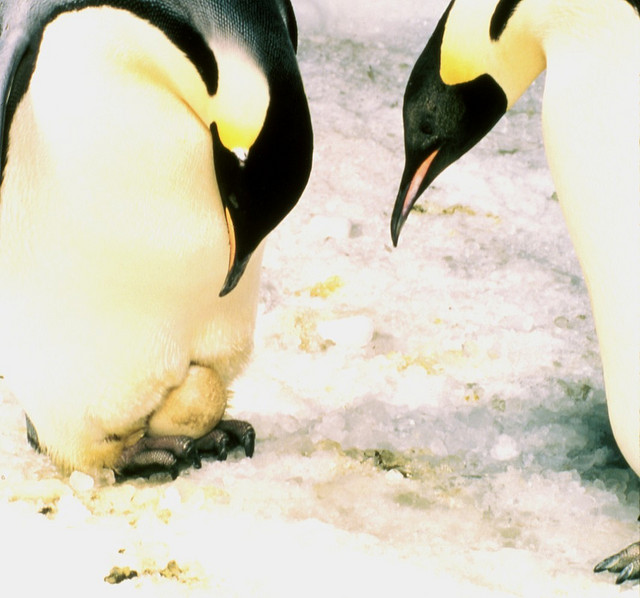
Comparing the evolutionary histories of Antarctica’s penguin species may predict how they’ll respond to climate change.
2014 Science Breakthroughs of the Year: The rise of the pint-sized satellite.



Scientists are using the science of computer vision to document climate change in the Rocky Mountains.

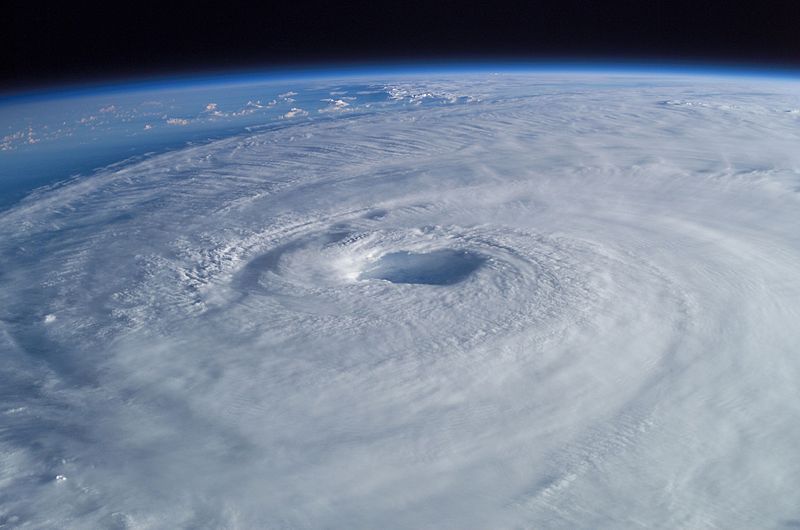
Cyclones have been peaking in intensity closer and closer to the poles over the last 30 years.
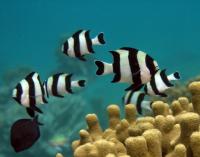
Scientists are using the radioactive properties of krypton to determine the age of Antarctic ice and reconstruct the ancient climate.

Samples from Greenland's ice cores suggest that the U.S. Clean Air Act has helped curtail acid rain.
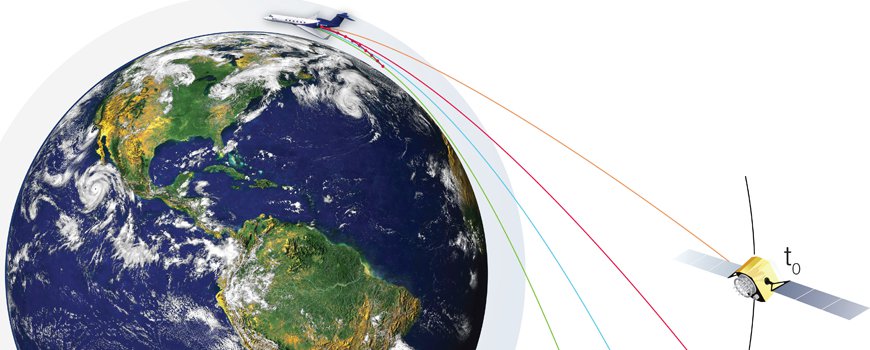
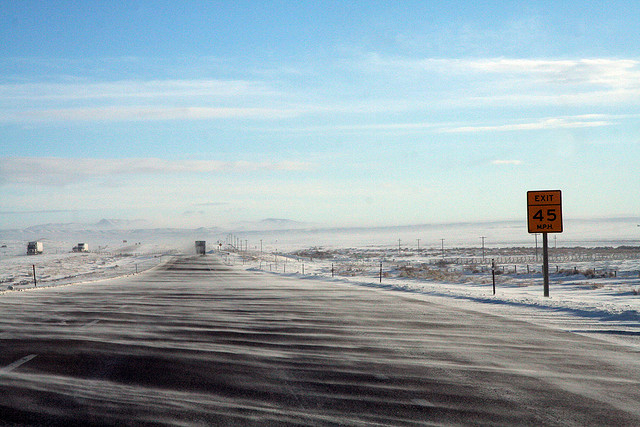
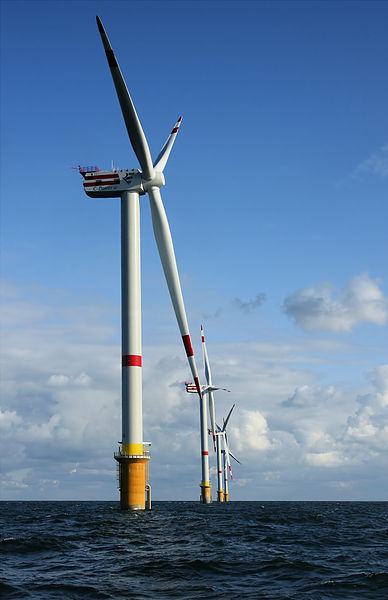
Massive offshore wind farms could have a surprising fringe benefit: disrupting hurricanes.
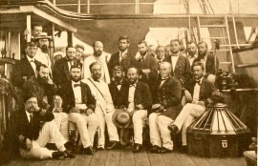
WHEN SCIENCE MEETS HISTORY (Encore Presentation) - Ocean temperature records from a 19th century research ship confirm global warming. Reviving plants hidden under glaciers for centuries. Tracing the genetic origins of the blight that started the Irish Potato Famine. And uncovering evidence of lead pollution in Spain from 4,000 years ago.
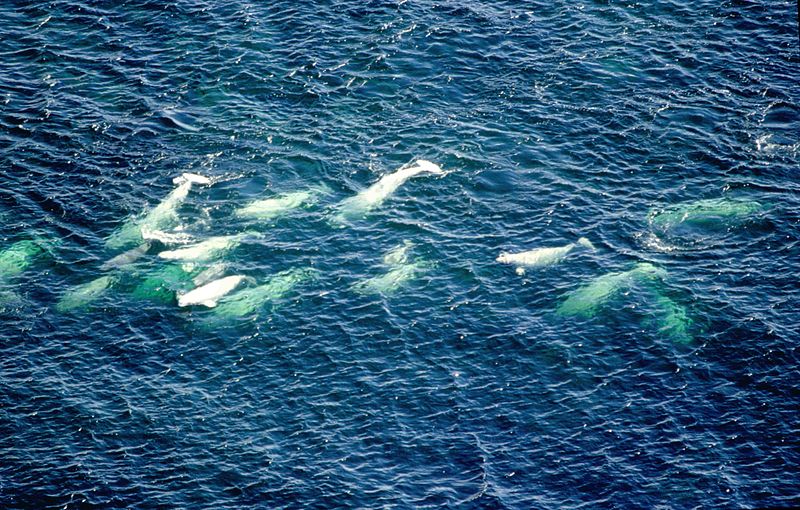
A parasite called toxoplasma gondii is invading Arctic beluga whale populations thanks to global warming.
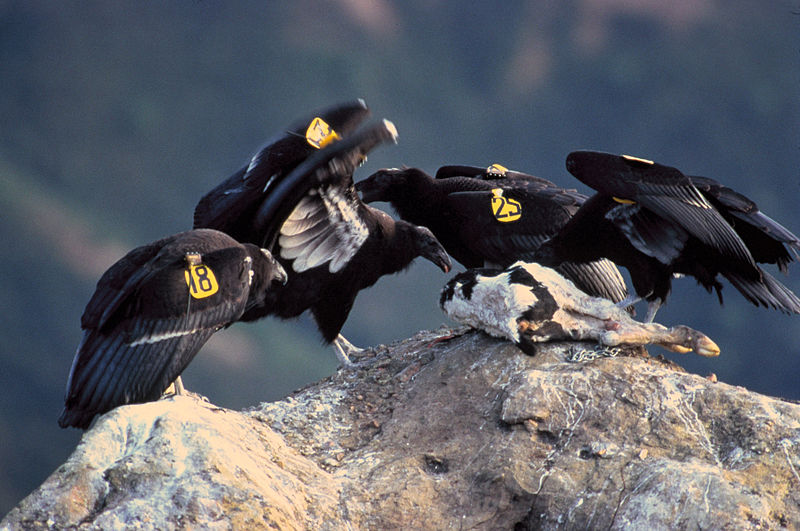

Can people ignore hype about the weather in order to protect themselves from real storm threats?
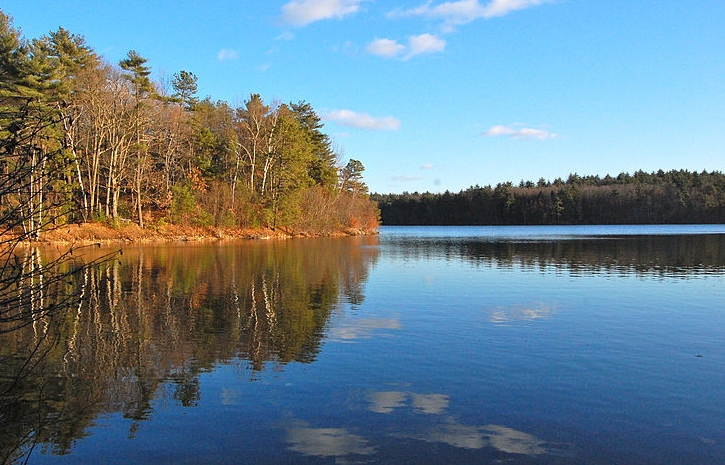
Trees described by Henry David Thoreau in Walden are adapting to
earlier spring thaws, but face stiff competition from invasive species.
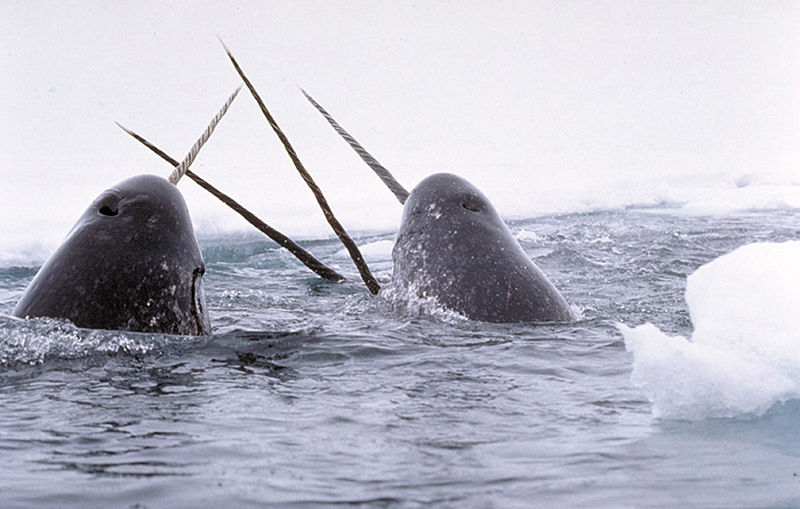
The exploitation of natural resources in the Arctic due to melting sea ice has consequences for marine mammals.
